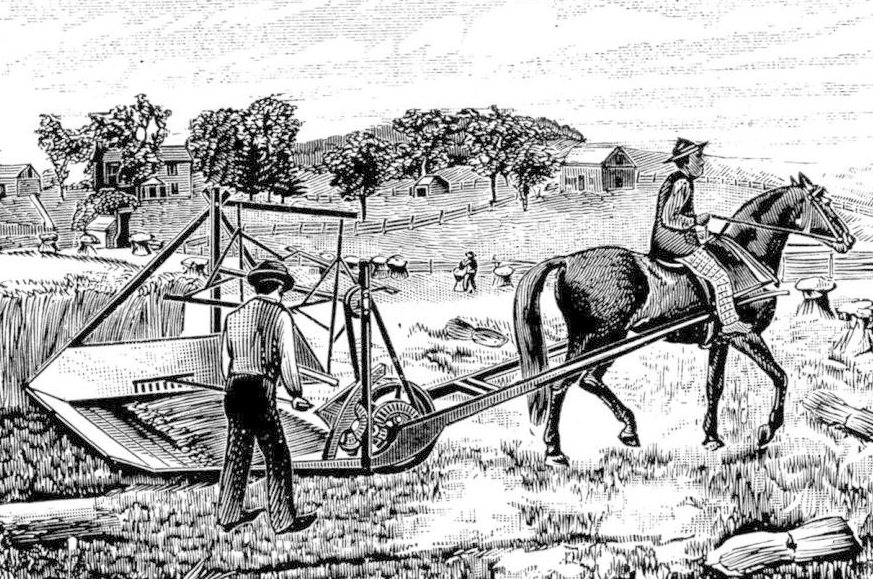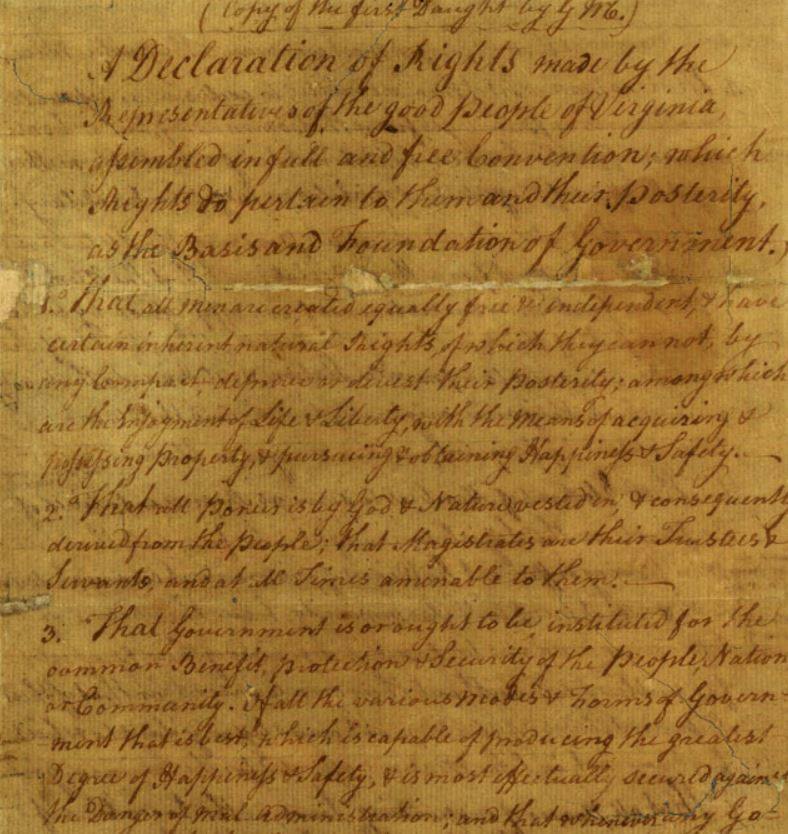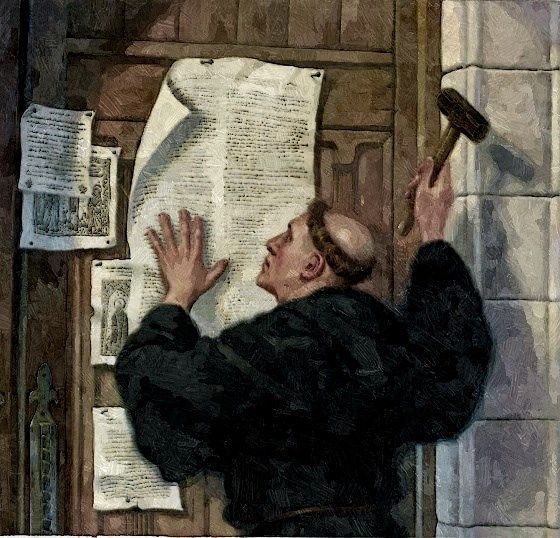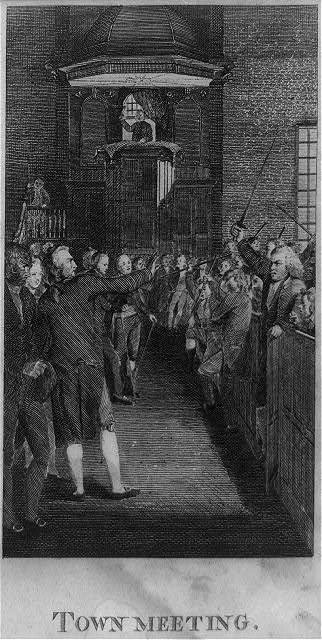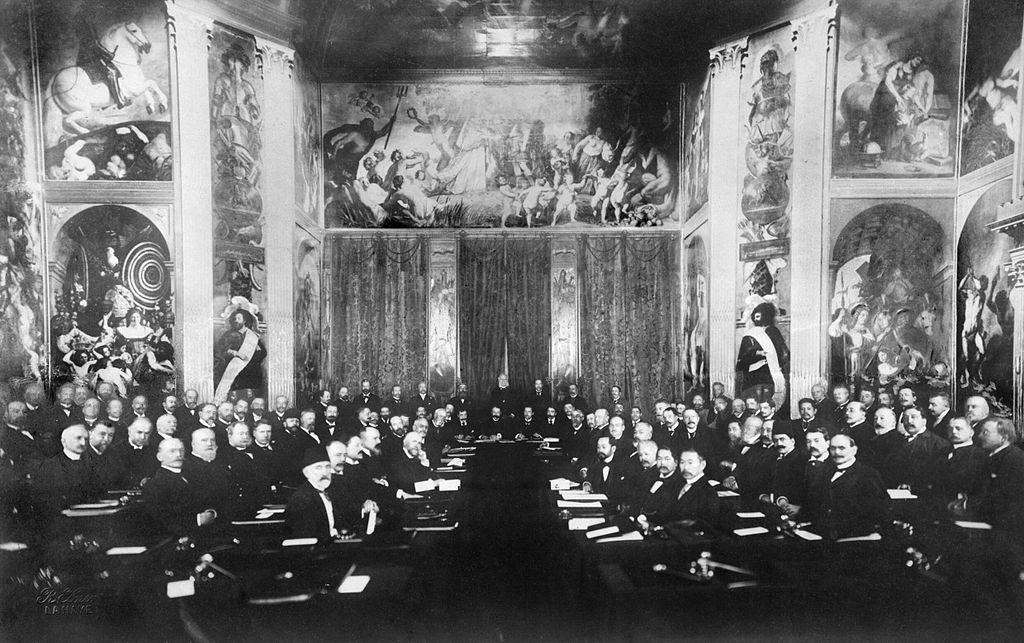#OTD, June 21, 1834, Cyrus McCormick, a Christian, inventor, and businessman, patents his reaper. He made a fortune, much of it going to charity. His machine saved labor, made food cheaper for everyone, and built the American West. Here’s the story:
Flag Day: The Story of the First Stars and Stripes
Happy #FlagDay! Do you know the story behind the flag?
The Story of the First Stars and Stripes – By Daniel Sheridan
#OTD, June 14, 1777, the Continental Congress authorized the “stars and stripes” flag for the new United States.
On the right of the provided photo is the British Union Jack with the red cross of St. George and the Scottish white cross of St. Andrew. General George Washington used the flag on the left at Cambridge in January 1776. The flag in the middle, our “stars and stripes,” was adopted by the Continental Congress on June 14, 1777, when Americans exchanged the British Union for a Union of 13 States, symbolized by white stars on a blue background. Below the center flag is the Washington family coat of arms with a Latin phrase meaning, “The event justifies the deed.” The “Stars and Stripes” now represented the United States in their struggle for freedom, and it flew for the first time on August 6, 1777. Here is how that story unfolded.
On August 3, 1777, British Colonel St. Leger, leading an expedition consisting of Loyalists and Indians, laid siege to Fort Stanwix, a log fortification held by two New York Regiments. The American patriot, General Herkimer, knowing the Americans couldn’t hold out for long, raised a militia of 800 men and went to the aid of his fellow patriots.
Herkimer and his band, however, were ambushed Near Oriskany, New York, by the Mohawk chieftain, Joseph Brant. The battle was gruesome. Militia, Royalists, and Mohawks became so intermingled that the fight turned into hand-to-hand combat, men wrestling with bayonets, hatchets, and hunting knives in hand. Many souls fell in the forest “with their left hands clenched in each other’s hair, their right grasping, in a grip of death, the knife plunged in each other’s bosom.” As he lay dying from a mortal wound, General Herkimer continued to encourage and command his men until his last breath.
The battle still raging, men from the American garrison executed a daring move that successfully drove the enemy away. The Patriots, having heard of Herkimer’s fate, returned to the fort with prisoners, spoils of war, and five enemy flags.
The garrison didn’t have a flag when the battle began, but soldiers improvised one on the spot upon their triumphant return. They cut up white shirts to fashion the white stripes, the red from pieces of scarlet cloth sewed together, and the blue background for the stars from a coat. Historian John Fiske describes the scene:
“This rude flag, hastily extemporized out of a white shirt, an old blue jacket, and some strips of red cloth from the petticoat of a soldier’s wife, was the first American flag with stars and stripes that was ever hoisted, and it was first flung to the breeze on the memorable day of Oriskany, August 6, 1777.”
Bancroft says,
“It was the first time that a captured banner floated under the stars and stripes.”
That’s the origin of the American flag.
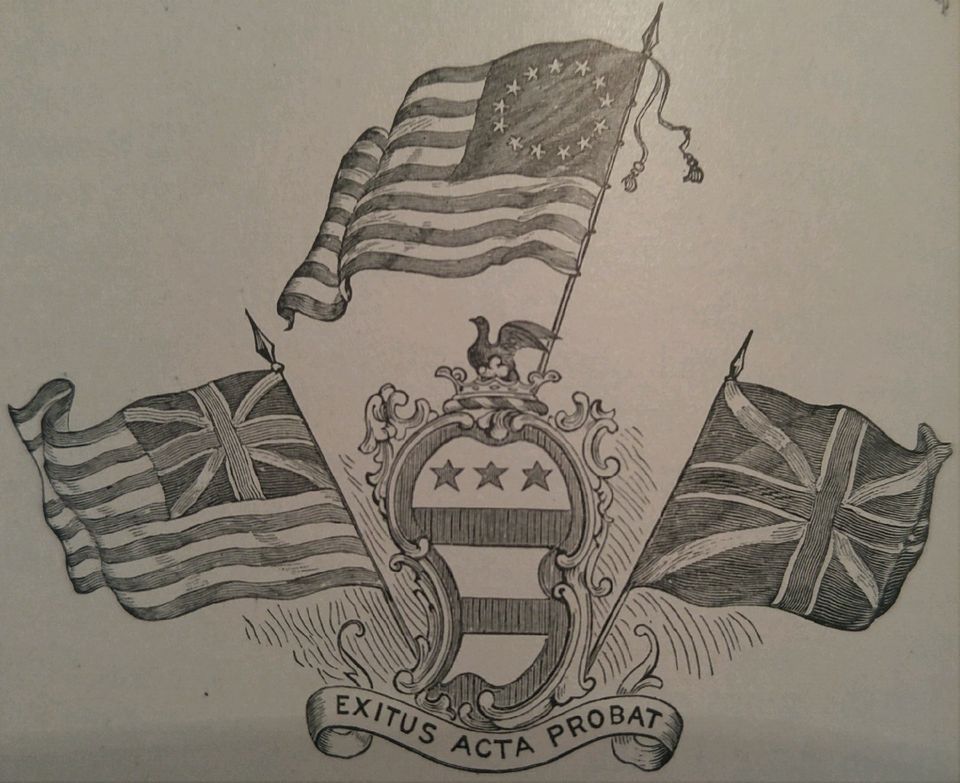
Recurrence to Fundamental Principles, Love, and Charity: The Foundations of a Free Society
#OTD, June 12, 1776, the Virginia Constitutional Convention approves George Mason’s Bill of Rights. Why should we care?
Recurrence to Fundamental Principles, Love, and Charity: The Foundations of a Free Society – By Daniel Sheridan
1776 was the year of the Declaration of Independence and constitution-making in the new states. One question Americans couldn’t answer yet: Who had the right to declare what the law shall be?
Historian Forrest McDonald describes the problem facing the Patriots:“Of the eight constitutions established in 1776, six were drafted by bodies especially elected for the purpose, but they were never submitted to anyone for ratification…Proclamation of a constitution by a legislative order was scarcely a satisfactory procedure, for what one legislative body could enact another could repeal. To cope with this problem, some early constitution makers appended to their constitution a list of principles that, they declared, no government could properly violate.”
George Mason of Virginia wrote the first of these lists of principles. On this day, June 12, 1776, the “Virginia Declaration of Rights,” or “Bill of Rights,” was approved by the Virginia Constitutional Convention. This Bill of Rights became the preamble to the Virginia Constitution. Other states followed Virginia’s example, using Mason’s work as a template while making revisions of their own, yet all with one voice proclaiming their shared beliefs about the role of government and man’s natural rights. They guaranteed, for instance, freedom of speech, of the press, and religious worship. Individual liberty was the fundamental law. “A freeman’s remedy against a restraint of his liberty ought not to be denied or delayed,” declared the North Carolina Constitution. They also called for representative government, trial by jury, protection against unreasonable searches of people and papers, eliminating cruel and unusual punishment, and securing other fundamental liberties. Thomas Jefferson’s wording in the Declaration of Independence and the first ten amendments of the U.S. Constitution reflects Mason’s work.
The Virginia Bill of Rights contains 16 declarations. George Mason wrote the first 15; Patrick Henry wrote the 16th declaration concerning religious liberty.
Declaration 15: “That no free government, or the blessings of liberty, can be preserved to any people, but by a firm adherence to justice, moderation, temperance, frugality and virtue, and by frequent recurrence to fundamental principles.”
The word “recurrence” means “to resort to,” “to return to,” and “to think about.” Mason is reminding us that a government based on freedom principles won’t last long unless the people are continually thinking about and applying correct principles to every area of life. Principles guide us in making the right decisions personally and politically. When Mason wrote the Virginia Declaration of Rights, these universal principles were well known, believed, and applied. I’m not saying they employed them perfectly, especially with slavery still in existence. Still, they got to know and acknowledged these principles and dared to proclaim them as our country’s foundation publicly. Unfortunately, our practice doesn’t always match our beliefs, but if we keep the faith in our hearts, we will eventually train our feet to follow – whatever the cost. Part of the American experience is living up to our principles. Before we point fingers at those in the past who lived in different times and circumstances, let’s ask ourselves: Are WE living up to these principles today?
Patrick Henry concludes the Virginia Bill of Rights with Declaration 16: “That religion, or the duty which we owe to our CREATOR, and the manner of discharging it, can be directed only by reason and conviction, not by force or violence; and therefore all men are equally entitled to the free exercise of religion, according to the dictates of conscience; and that it is the mutual duty of all to practice Christian forbearance, love, and charity, towards each other.”
The lesson is clear. America won’t remain free unless “We the People” practice these two things:
1. Think about, resort to, and return to fundamental principles.
2. Practice Christian forbearance, love, and charity towards each other.
On June 12, 1776, the Virginia Constitutional Convention approved George Mason’s Bill of Rights.
Original Intent, Individual Dignity, and Freedom of Conscience
On this day, May 25, 1521, Martin Luther is declared an outlaw. However, the words that sealed his condemnation are the foundations of a free society. Here’s the story.
America’s First Declaration of Independence: A Town Meeting Production
#OTD, May 20, 1775, the first Colonial Declaration of Independence was written, or was it? Did you that over ninety “Declarations of Independence” were written by townships and counties throughout the colonies between April and July of 1776, three months before Jefferson’s hallowed parchment? America is the product of town meetings – a bottom-up movement. Here’s the story.
The First International Peace Conference
On this day, May 19th, 1899, reps of the first International Peace Conference contemplate their awesome responsibility. Wars abounded in the years leading up to 1899. The expanding technology was making the world a smaller place. As a result, many saw the need for…

